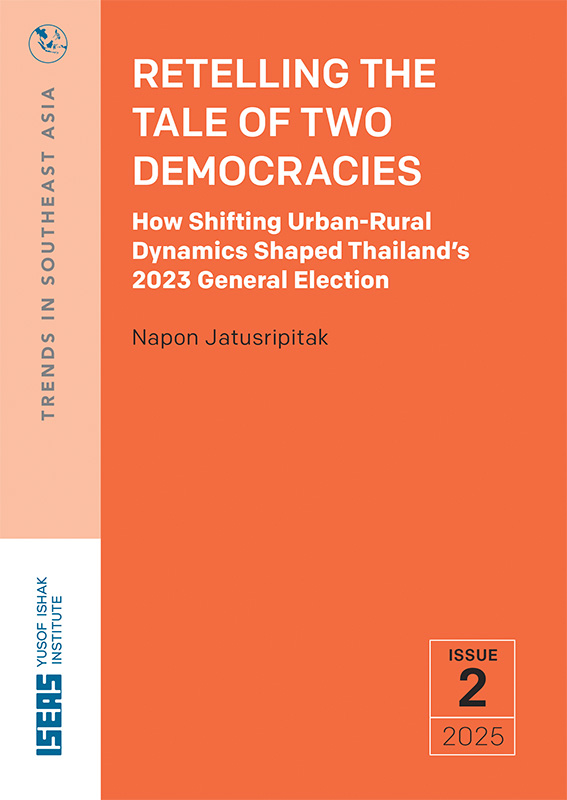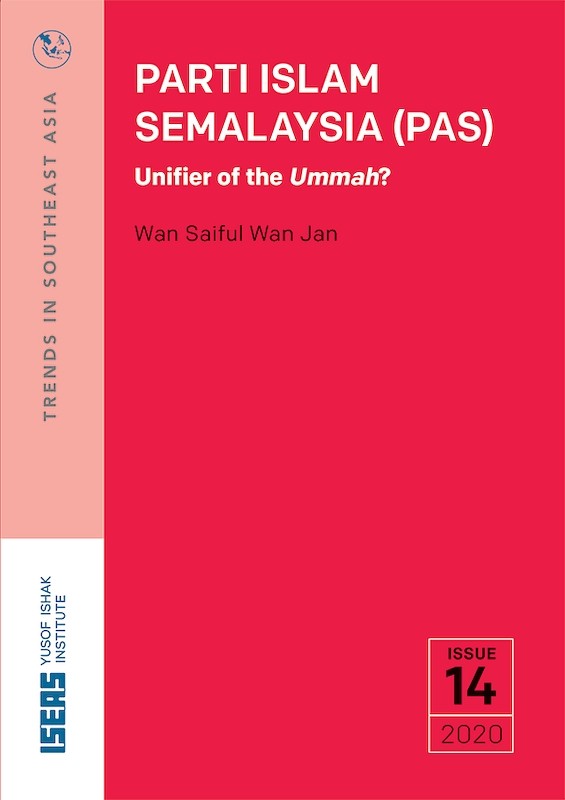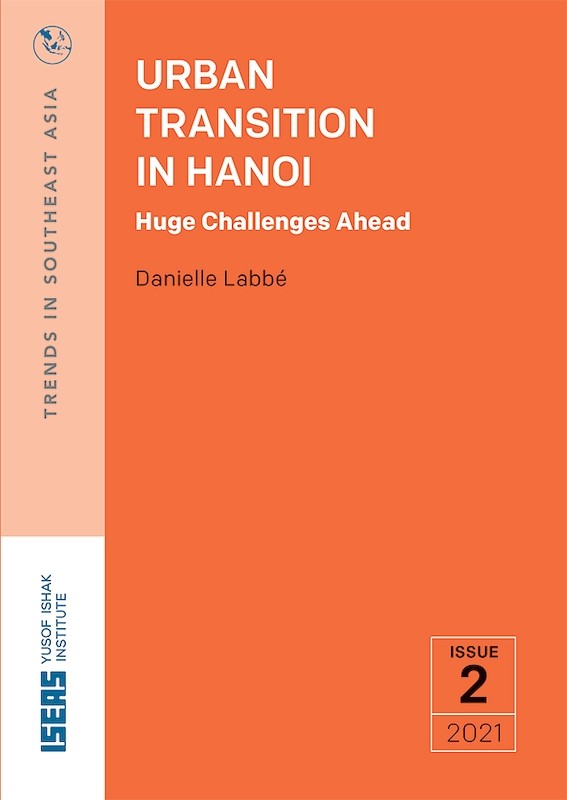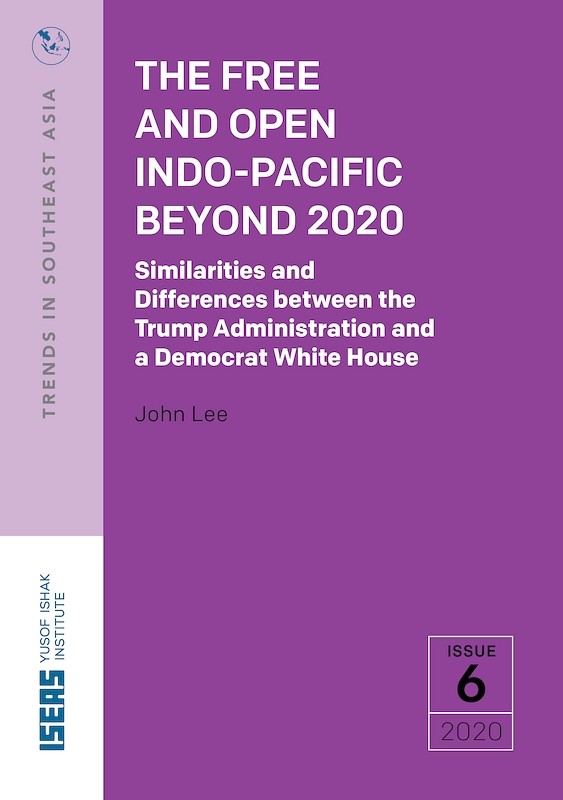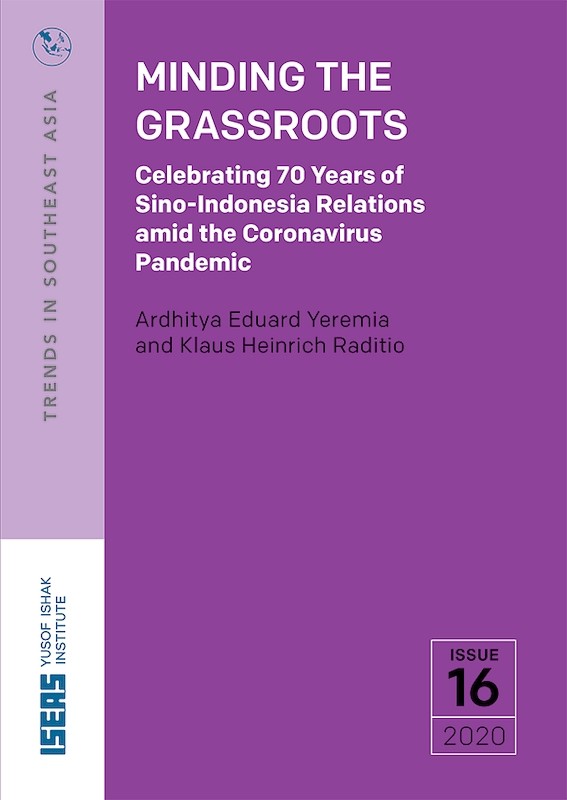Party Mergers in Myanmar: A New Development
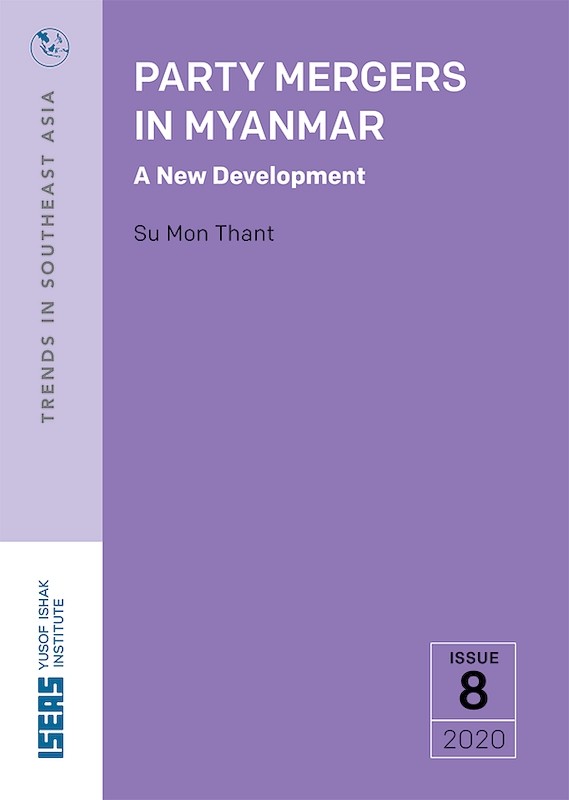
Su Mon Thant, author
Date of publication:
2020
Publisher:
ISEAS – Yusof Ishak Institute
Number of pages:
42
Code:
TRS8/20
About the publication
Party mergers are a new development in Myanmar politics. Given that such mergers often assist the consolidation of new democratic regimes, some broader system-wide effects may also occur. Myanmar’s ethnic parties consistently choose merger strategies over other forms of pre-electoral coalition. This highlights a transition from a focus on questions of authoritarianism and democracy to one on the creation of a federal system of government with a stronger cleavage between competing Bamar and ethnic nationalisms.
Despite cooperation among political parties outside the electoral process, pre-electoral coalitions such as constituency-sharing or campaigning for allies have generally not been successful. Five of the six mergers among ethnic parties attempted prior to the 2015 general election failed. However, between 2017 and 2019, five mergers involving parties representing the Chin, Kachin, Kayah, Kayin or Karen, and Mon ethnicities, achieved success.
The successful mergers were motivated not only by desires for electoral success in 2020 but also by shared federal aims, which involve ethnic parties in Chin, Kachin, Kayah, Kayin or Karen, and Mon states forming a strong local party in their respective regions to strive for ethnic equality and self-determination.
The mergers are between parties with markedly different platforms and their success is conditioned by their preferences for particular kinds of federalism. Mergers cannot guarantee electoral success. And other pre-electoral coalitions, such as avoiding competition for the same constituencies, also proved successful in the 2018 by-elections. But what mergers can uniquely do is respond to public demand for parties to unite and make the resulting party stronger in terms of resources and public support.
In general, mergers can reduce system fragmentation, avoid vote wastage and lead to the formation of stable parties. Ethnic party mergers also simplify party labels for voters and make it easier for them to vote on the basis of ethnic preferences. In addition, mergers can increase public interest and political participation among members of ethnic communities.
Three common factors behind the five successful mergers are previous electoral losses, public pressure and shared federal aims. The durability of these mergers depends on continuous party building, negotiations and equality among party members. Meanwhile, a greater number of new parties will form and continue to exist under the multi-party democracy principle granted in Myanmar’s 2008 Constitution.
The upcoming 2020 general election will witness a combination of mergers and other pre-electoral coalition forms between ethnic parties as they compete with Bamar national parties. Election results will influence the durability of merged parties, their political allegiance and potential parliamentary coalitions.
Contents
-
Party Mergers in Myanmar: A New Development
[Whole Publication, ISBN: 9789814881791], by Su Mon Thant, author

